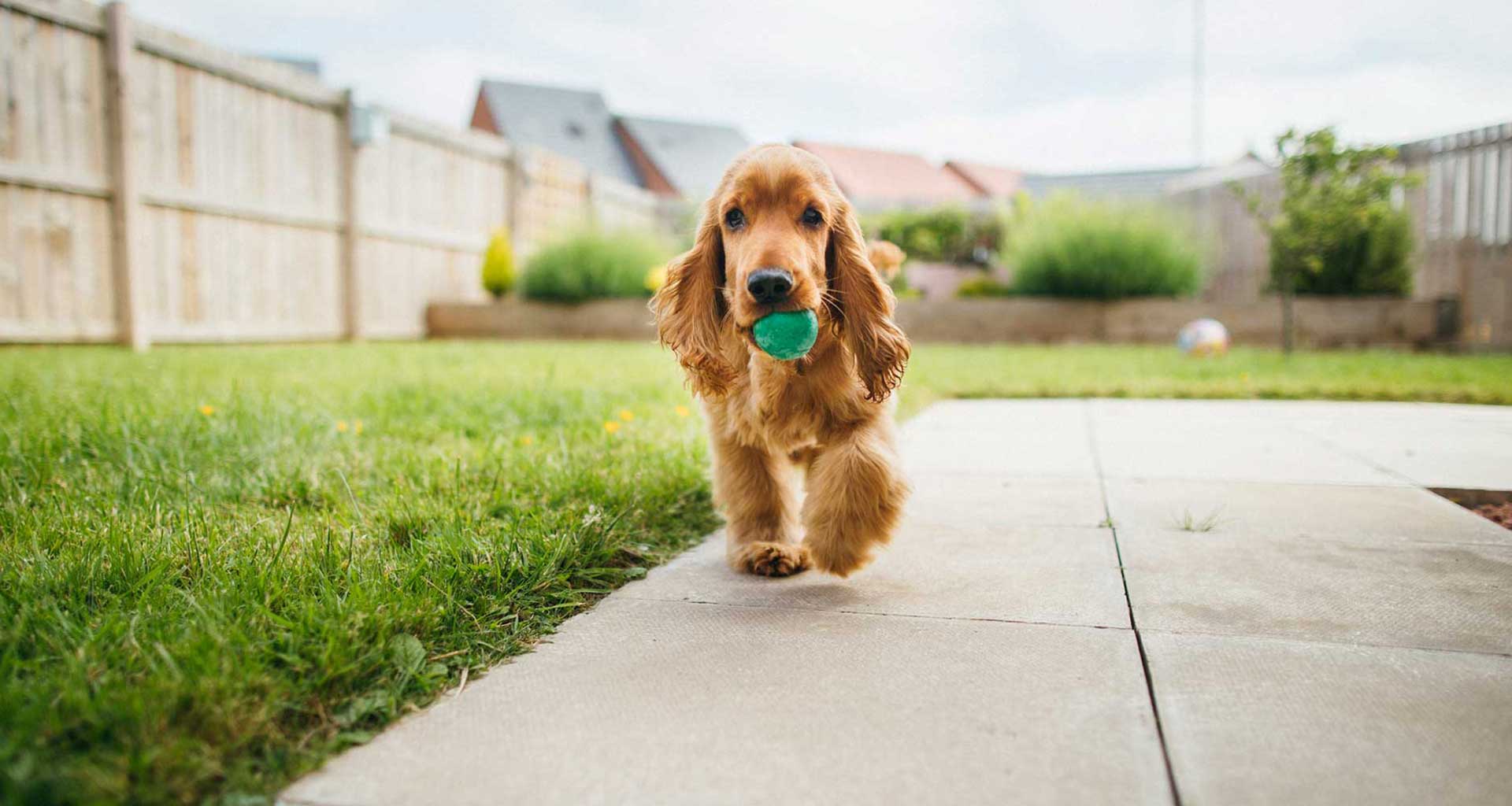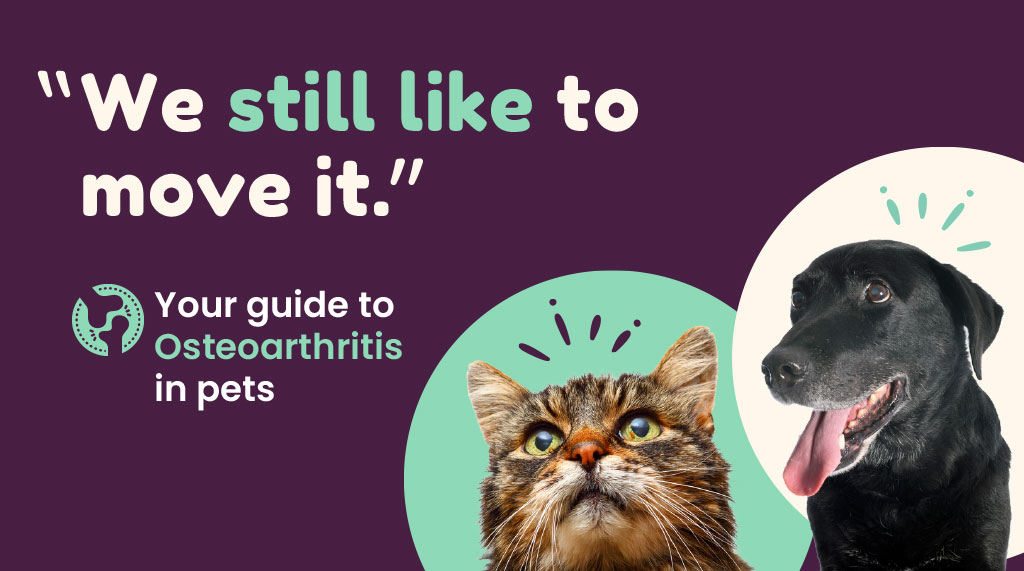Cats and dogs are very good at hiding pain. If they’ve got a toothache, chances are, you’d have no idea about it. Dental disease can progress quickly through four stages, from mild gum disease through to large amount of plaque, swollen gums, bleeding and tooth loss. Your pet could even become seriously ill as bacteria can go on to cause problems in organs like their heart and kidneys.
What is startling is that 85% of our cats and dogs aged four and older have dental disease, so it’s absolutely vital that you know what to look for. If your pet has a healthy mouth, its teeth should be white, its gums should be smooth and pink and there should be minimal smell.
Signs your pet has dental disease
The biggest giveaway that your furry friend has dental disease is bad breath. Not just stinky cat food breath – really bad breath. Have a look inside their mouth and check for tartar around the top of their teeth and red or bleeding gums. Plaque build-up and discoloured teeth are a bad sign.
Pets rarely stop eating even when they have really really painful or diseased teeth. What choice do they have? It’s either eat in pain or starve. So just because your pet is eating doesn’t mean they are ok. Signs that your pet may be pain due to dental disease include a change in what they are eating: your pet may prefer to eat soft or mushy foods, drooling, or changing the way they eat – taking longer to eat. Dental disease is often a hidden disease and your pet may not tell you they have a problem.
What does dental disease look like?
Dental disease is not pretty. This image shows what can happen to a dog’s teeth and gums if we forget to look after their dental health. We hope it encourages a regular tooth-brushing routine and yearly check-up! See more photos here – The Progression of Dental Disease
How you can prevent dental disease in your cat and dog
Brushing your pet’s teeth is the best way to prevent dental disease. Read our tips on improving your dog’s dental health to find out about teeth brushing. You’ll also find a heap of ideas on what else you can do and why you should take your furry friend for a yearly check-up. We’ve got your kitty covered too – check out our tips on improving your cat’s dental health.
Consider the cleaning properties of the food and treats you feed your pet. Choose a dry food that has a dental claim – preferably the VOHC (Veterinary Oral Health Council) seal of approval. Choose treats that not only will nourish and let your pet know you care but will also clean their teeth too.
For some of our pets the best way to stay on top of dental disease and keep it reversible is regular check ups and dental assessment and cleaning by a veterinarian.
What to do if your pet has dental disease
If you are worried your pet has a dental problem, call our clinic to schedule an appointment for a check-up. Your vet will access your pet and give you a plan to keep your pet’s teeth healthy for their whole life.


